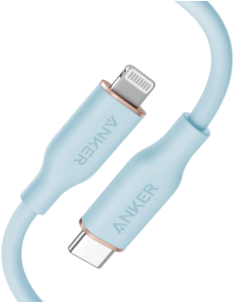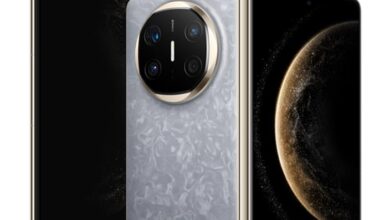How Do Different Charger Cables Impact Charging Speed?

In today’s fast-paced digital world, the demand for quick and efficient device charging is at an all-time high. Whether you’re rushing to get your smartphone charged before heading out or powering up your laptop for a critical presentation, the charging speed can significantly impact your daily routine. However, many users overlook one crucial factor that influences charging speed: the charger cable itself. In this article, we’ll explore how different charger cables can affect charging speed and what you can do to ensure optimal performance.
Understanding Charger Cable Types
Charger cables come in various types, each designed for specific devices and functionalities. The most common types include USB-A, USB-B, USB-C, and Lightning cables. Each type has different specifications and capabilities that can affect charging speed.
USB-A and USB-B: Traditionally used in many devices, USB-A and USB-B cables can support a range of speeds but are generally limited in power delivery compared to newer standards.
USB-C: This is the most versatile and powerful cable available today. It can support higher power delivery, faster data transfer rates, and a reversible design for convenience.
Lightning: Exclusive to Apple devices, Lightning cables provide efficient charging but can vary in quality. Third-party cables may not always meet the same standards as Apple’s original cables.
Factors Between Different Charger Cables
The Role of Cable Quality
Not all cables are created equal. The quality of the materials used in manufacturing the cable plays a significant role in determining its charging efficiency. High-quality cables typically have thicker wires and better insulation, which reduces resistance and heat generation. On the other hand, lower-quality cables may use thinner wires that can result in increased resistance, leading to slower charging speeds and potential overheating.
Power Delivery and Chargig Speed
Charging speed is also heavily influenced by the power delivery (PD) capabilities of the cable. Power Delivery is a technology that allows for faster charging by adjusting the voltage and current flowing through the cable. USB-C cables with PD capabilities can support charging speeds of up to 100 watts, making them suitable for various devices, from smartphones to laptops. In contrast, standard USB-A cables usually support lower power levels, typically around 2.5 to 12 watts. This limitation means that even if you use a high-wattage charger, the speed will ultimately be capped by the cable’s specifications.
Compatibility Matters
Compatibility between the charger, cable, and device is another critical factor. Using a cable that is not designed for your device can lead to slower charging speeds. For instance, if you connect a high-powered ipad charger cable but use a low-quality cable that can’t handle higher voltages, the charging speed will be restricted. Always make sure that your cable is compatible with both your charger and the device you intend to power up.
The Impact of Length and Design
The length of the cable can also impact charging speed. Longer cables typically have higher resistance due to the increased distance the electrical current must travel. This means that a long cable can result in slower charging speeds, especially if it’s of lower quality. Ideally, for optimal charging speed, it’s best to use a cable that is as short as necessary while still providing adequate reach. Additionally, the cable design can play a role in charging efficiency. Flat cables tend to be less durable and more prone to damage than round cables, which can lead to decreased performance over time. Investing in a well-designed, durable cable can ensure better longevity and charging consistency.

Conclusion
In conclusion, the charger cable you choose can significantly impact your device’s charging speed. By understanding the different types of cables, their quality, compatibility, length, and design, you can make informed choices that enhance your charging experience. Investing in high-quality, compatible cables specifically designed for your devices can make a world of difference, ensuring that you spend less time tethered to an outlet and more time enjoying the power of your devices. So, the next time you pick up a charger cable, remember that it’s more than just a connecting wire—it’s a critical component in how quickly your device gets back to full power!





